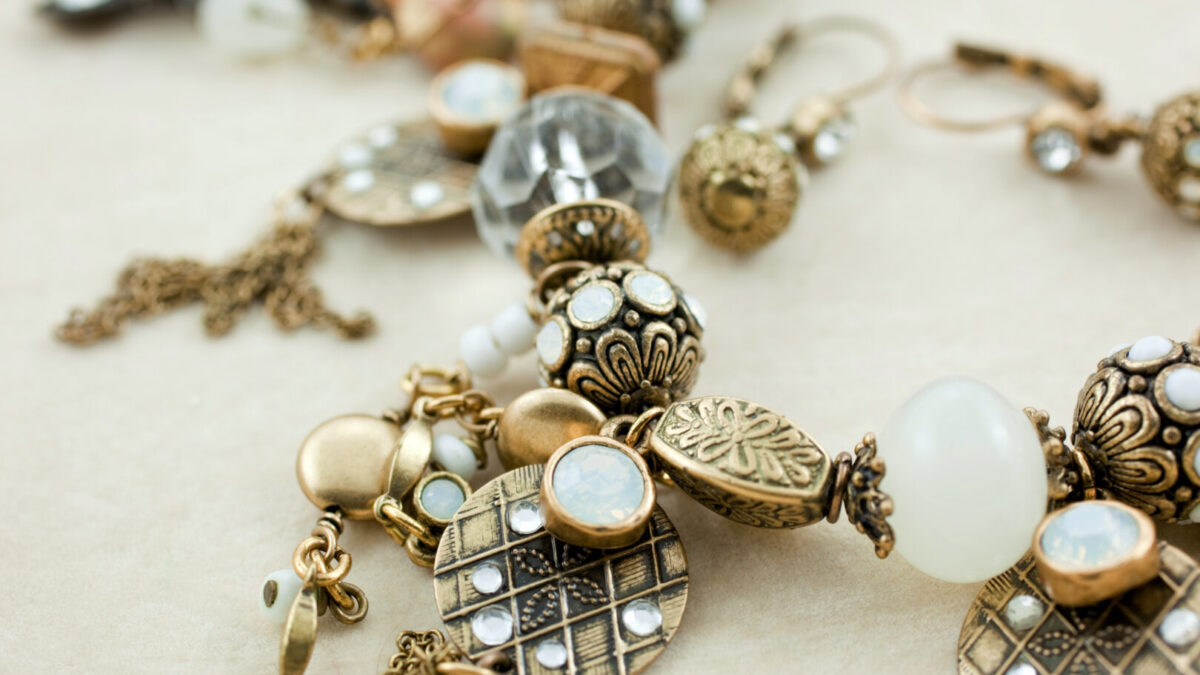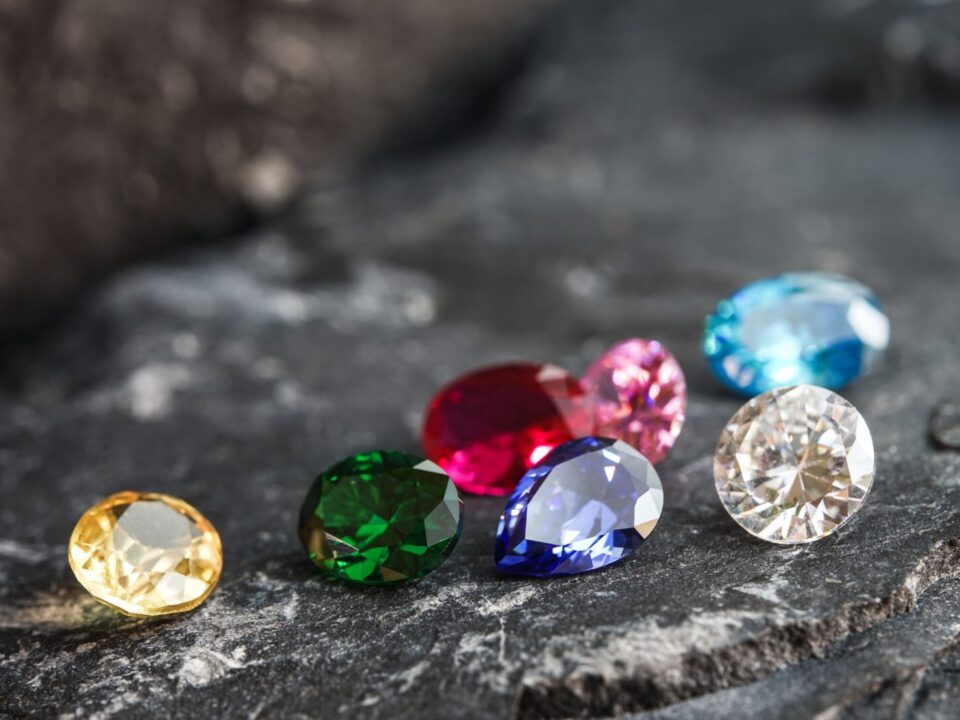Sifting through a tangled bin of vintage rings, necklaces, and bracelets at your local consignment shop is a familiar experience but the age-old question remains: How do you know which pieces are truly valuable when there’s no clear origin?
Several factors influence the worth of vintage jewelry, including its age, patina, materials, design, presence of semi-precious or precious stones and metals, and identifiable maker’s marks. Learning what to look for can help you separate the overlooked treasures from the throwaways, helping you identify which pieces are worth snatching up and which should be left behind.
Wondering how to value vintage jewelry properly? Looking for vintage Tiffany appraisal? Our team at Joshua Kodner Galleries can help. Call us today for an appraisal!
Iconic Brands Retain Their Value
One of the first things to look for when evaluating valuable antique jewelry is an identifiable maker’s mark. Pieces from iconic luxury brands, like Cartier or Van Cleef, tend to retain, and often increase, their value over time due to their enduring reputation and high demand.
Rarity also plays a major role in a piece’s worth. Jewelry featuring discontinued or rare gemstones, or created by designers who release limited collections, can command significantly higher prices. Scarcity and brand prestige are key drivers in maintaining long-term value.
For example, an antique Cartier LOVE bracelet will likely retain a similar value, while a Cartier Art Deco diamond bracelet may skyrocket in price due to its scarcity. But regardless of the rarity, Cartier jewelry’s worth will remain stable over time because of the brand’s iconic legacy.
Hallmarks, Maker’s Marks, and Signatures: How to Identify Vintage Jewelry
One of the most important steps in identifying and learning how to value vintage jewelry is checking for hallmarks, maker’s marks, and trade signatures. These small stamps or engravings can reveal crucial details about a piece’s origin, material, and authenticity.
Hallmarks
Hallmarks typically indicate metal purity and country of origin. For example, a “925” stamp means the piece is 92.5% pure silver, while “18K” represents 18-karat gold. Different countries have their own unique hallmark symbols, like a leopard’s head for London-made gold.
Maker’s marks
Maker’s marks identify the brand or individual who crafted the piece. Renowned names like Tiffany & Co., Cartier, or Van Cleef & Arpels often engrave their logo or name onto their jewelry, significantly increasing its value. In older pieces, especially from eras like Victorian or Art Nouveau, these marks may appear as unique symbols instead of names.
Trade markings and signatures
Trade markings also offer insight into a piece’s history and craftsmanship. Recognizing these details can help you confidently identify styles such as Art Deco or Mid-Century Modern, and determine whether a piece is truly vintage or a reproduction.
Look for Natural Patina and Test the Jewelry’s Metal
Metals, like people, show signs of aging, and one of the most telling indicators is their patina. Patina is the natural oxidation process that causes metal to darken or change color over time. These dark spots can suggest an older, vintage piece.
For example, silver often develops gray or black tarnish, while gold may take on a brassy tone. But it’s important to be cautious — if the jewelry turns green, it could be gold-clad rather than solid gold.
To verify a piece’s material, simple at-home tests can help. One method is the magnet test: real gold and silver are not magnetic, so if your piece is attracted to a magnet, it’s likely made from a different metal.
Another method involves nitric acid. Carefully scratch the surface of the jewelry and apply a drop of nitric acid. If it turns green, it likely isn’t solid gold, but another type of plated imitation. These small checks can help you distinguish between genuine precious metals and costume pieces.
Inspect the Jewelry’s Craftsmanship
Quality craftsmanship is a key indicator of a vintage jewelry piece’s value. Start by examining the overall construction. Are the stones securely set in their prongs? Are there any misalignments, loose settings, or visible damage like cracks or chips? Look closely at the clasps and closures. Are they installed properly and functioning smoothly?
Valuable antique jewelry from skilled artisans are typically more valuable and durable than mass-produced jewelry.
Get an Appraisal for Authenticity
To properly evaluate the condition and authenticity of vintage jewelry, consider seeking a professional appraisal from experts who specialize in identifying pieces from various eras. Consulting with a reputable jeweler experienced in vintage collections can offer valuable insight into a piece’s history, craftsmanship, and market value.
Understanding a piece’s condition and verifying its authenticity are essential steps in determining its true worth, whether you’re buying, selling, or simply building your collection.
Trust the Professionals at Joshua Kodner Galleries with Vintage Jewelry
If you’re ready to sell or buy vintage jewelry, Joshua Kodner Galleries is here to help. For over a century, we’ve helped countless clients discover the unique treasures they seek.
Backed by expert appraisal services and a highly experienced team, our reputation for excellence speaks for itself. We look forward to the opportunity to work with you and earn your trust, so contact us today!




